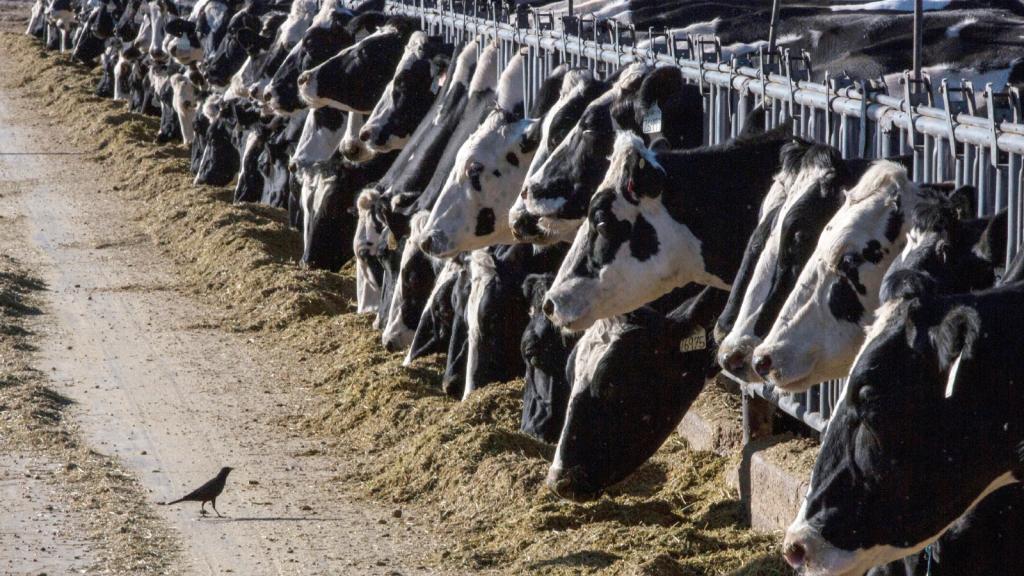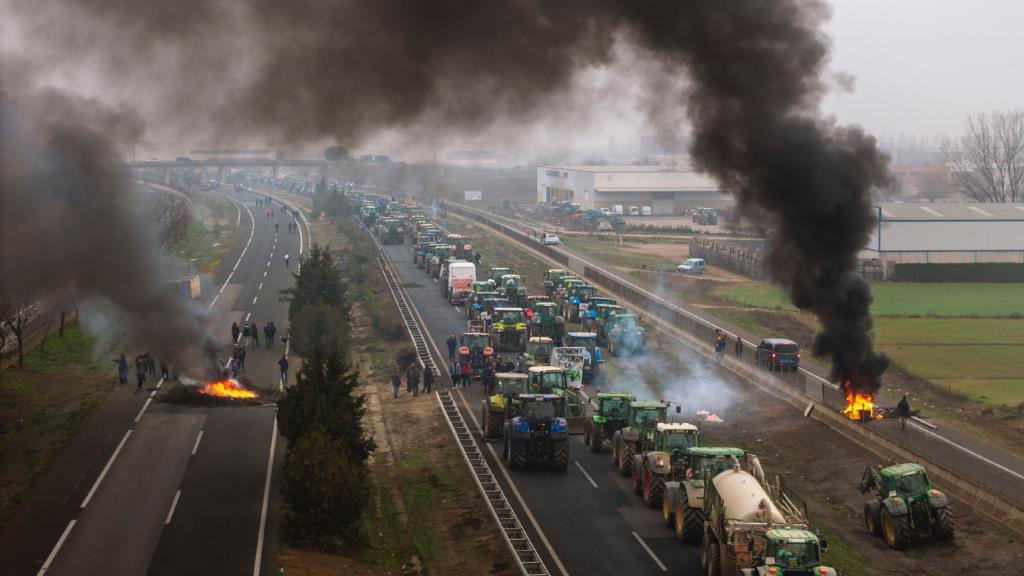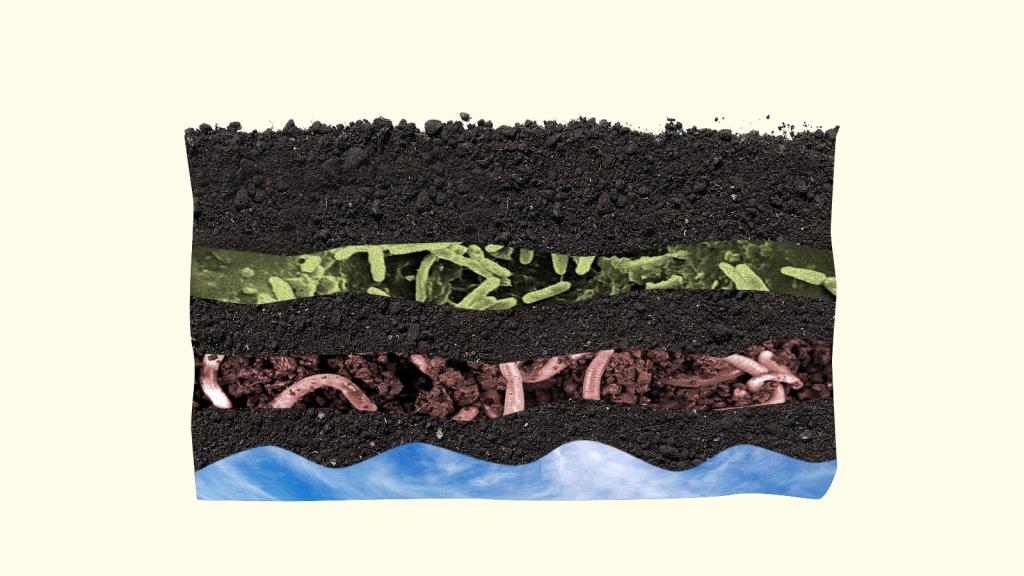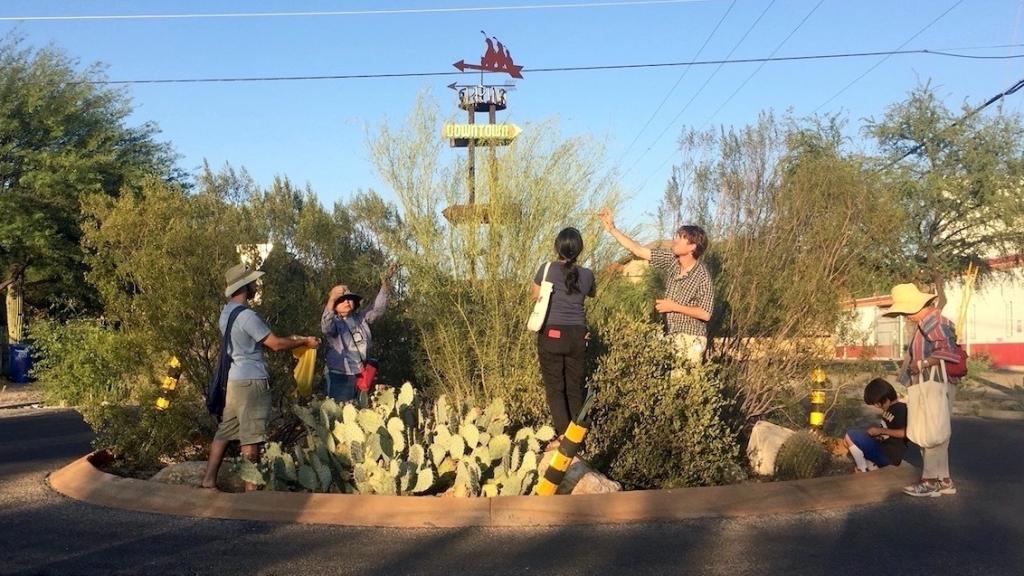The Tulsequah Glacier meanders down a broad valley in northwest British Columbia, 7 miles from the Alaska border. At the foot of the glacier sits a silty, gray lake, a reservoir of glacial runoff. The lake is vast, deeper than Seattle’s Space Needle is tall. But it didn’t exist a few decades ago, before 2 miles of ice had melted.
On an overcast day, a helicopter carrying three salmon scientists zoomed up the valley. As it neared the lake, the pilot banked to the right and flew over the south side of the basin, whirring over a narrow outlet where it drains into the Tulsequah River. He landed on a beach of small boulders and the researchers clambered out one by one.
“We don’t think there are fish here yet,” said one of them, Jon Moore, an aquatic ecologist at Simon Fraser University in Vancouver. “But there will be soon.” The lake, so new to the landscape that it doesn’t have an official name, is still too cold and murky for salmon. But that’s likely to change soon: As the Tulsequah Glacier above it retreats, the lake is getting warmer and clearer,... Read more




